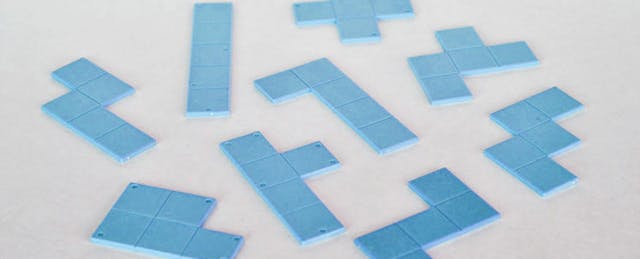Schools are popping up across the country where game-like learning gets incorporated into everything from the curriculum and pedagogy to the entire school environment. Kids learn through “quests,” instead of worksheets. They simulate and create instead of filling in the blanks. Game-based learning theory drives every interaction.
It all seems so shiny and new. But beneath all the digital flash, there are some deep roots--from both the world of gaming and the world of traditional pedagogy.
According to Katie Salen, game design expert and Executive Director of the Institute of Play, game-based schools are built around tenets of game design and play. In her research, she describes great games as “dynamic,” “immersive” and “empowering.” Great games require participation and interaction from the players and simultaneously give those players immediate and constant feedback on how they're doing.
Such schools are more than just fun and games, Salen maintains. “Rather than imagining that education can be transformed by bringing games into the classroom, researchers should consider not only the effects of thinking engendered by those who play, but also by those who design the play,” she writes. Game-based schools are framed around giving kids the chance to engage in play as well as to build and design the games. And being a build of games demands they engage in rule making, context creating and building the relationships that support good game design.
On A Quest to Learn
There are a few stand out examples of schools building the entire experience around a gamified world. At Quest to Learn, which has schools serving students in grades 6 through 9 in New York City and Chicago, the class is the game. Math class is called “Code World” and science “The Way Things Work.” In these classes, students are regularly dropped into complex problems that they initially have no ability to solve. These "Discovery Missions" are 10-week-long chunks during which students use a series of “quests” to complete their missions.
Quests are designed around tasks like sharing resources, solving puzzles and capturing territory or resources. Students may need to, say, analyze 20 Wikipedia pages or work with an online telescope to gather data on star types. Quests get harder and harder as students work through their missions; students must fully complete one mission before they can move to the next.
Once students have completed their 10-week Discovery Missions, they move onto two weeks at “Boss Level” where students work in teams to respond to a final challenge for their class. Boss Level challenges vary from asking students to create their own Rube Goldberg machine to translating components of a story into a live gaming environment performance. (For more on Quest to Learn, check out this 128 page school-design outline.)
All Play(makers) & Many Games
By contrast The Playmaker School in Los Angeles, now in its second year is serving sixth and seventh grade students, uses a series of games, both digital and live, as an instructional strategy. It employs everything from role-playing games to digital flight simulations to explore the principles behind aerodynamics. The Playmaker School benefits from its partnership with GameDesk, a research, development and outreach organization that designs digital games and media technologies that are tested by students in afterschool and in-school environments.
At The Playmaker School, kids look at subjects like Ancient Egypt as a game. Students must evolve rules for how they would stay alive, for the social norms that govern their behavior and even for making societal choices such as whether to wage war.
For Joe Wise, Associate Director at Playmaker School, games are the framework a school uses to practice inquiry-based learning and constructivist theory. And that sounds surprisingly similar to a long-treasured pedagogical practice: project-based learning.
According to the Buck Institute, project-based learning (PBL) also involves learning that is “organized around an open-ended question.” PBL schools require students ask questions and search for their own answers. Students typically present their projects to a public audience which “ups the stakes and increases student motivation to do high-quality work,” notes the Buck Institute.
While this might not be the same as mastering Boss Level, it sure sounds similar. While PBL schools don’t send students on quests, they do engage them in projects that give students “voice and choice.”
Differences emerge, however, in the end results: While PBL encourages students to create and engage with the real world, game-based schools ask students to play with it. Rather than presenting findings, games are collection of hypotheses that get played out. In other words, rather than a competitor to project-based learning, game-based learning might be its future.


